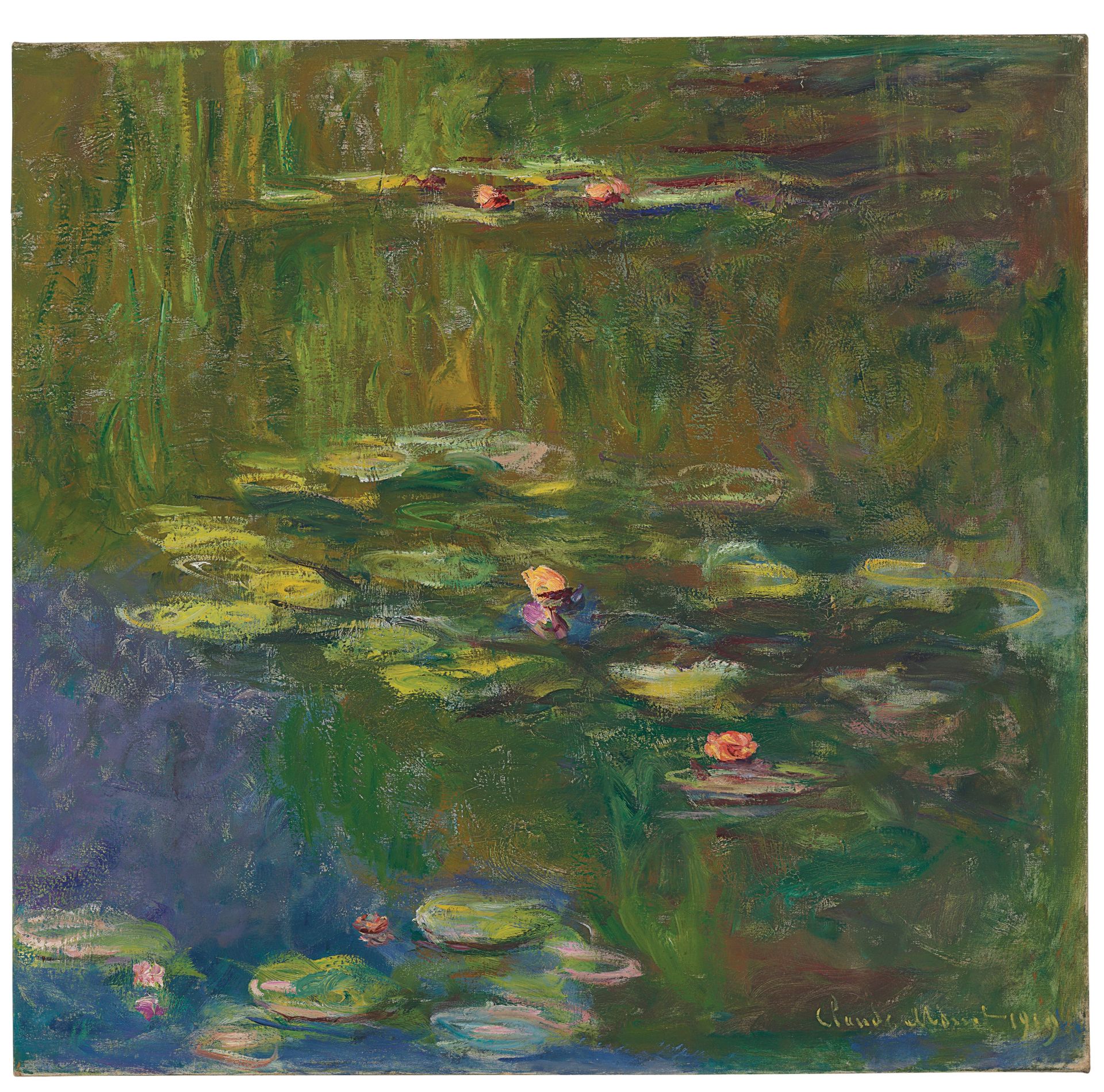Francis Bacon, Two Studies for a Self-Portrait (1970) Contemporary art evening auction, Sotheby’s, 11 May
Estimate $22m-$30m (sold for $35m with premium)
“People have been dying around me like flies and I’ve had nobody else to paint but myself,” Francis Bacon told the art critic David Sylvester in 1975. Despite Bacon’s increasing tendency towards self-portraiture at the time, Two Studies for a Self-Portrait (1970) is rare: the artist made only two other diptych self-portraits, one of which sold at Sotheby’s last February for £14.7m ($22.4m, with premium). This work was shown in public for the first time at Bacon’s major 1971 retrospective at the Grand Palais in Paris. Pablo Picasso was the only other living artist to have received the same honour. It was to be a defining moment in the artist’s career and personal life: just two days before the opening, Bacon’s partner George Dyer took his own life in their hotel room. The painting, which has remained in the same private collection since the 1970s, has only been exhibited once subsequently, at London’s Marlborough Fine Art gallery in 1993.

Cy Twombly, Untitled (New York City) (1968) Contemporary art evening auction, Sotheby’s, 11 May
Estimate in excess of $40m (sold for $36.7m with premium)
The market for Cy Twombly’s untitled blackboards has grown substantially in recent years. Indeed, a 1968 blackboard at Sotheby’s from the collection of the Los Angeles philanthropist Audrey Irmas was one of the few bright spots during last autumn’s largely dismal New York sales, setting a new record for the artist at $70.5m (with premium). Sotheby’s latest offering dates from the same year and comes with a watertight provenance: the current owner bought the work directly from Twombly’s studio in 1968. It has not been shown in public since then. While the story would be sexier if the blackboards did not all look the same, the series has art-historical significance for its austere departure from Twombly’s earlier, mainly white-ground paintings inspired by classical mythology. Sotheby’s notes a further distinguishing feature: the work was the only one in the series created in blue, rather than white, wax crayon.

Claude Monet, Le bassin aux nymphéas (1919) Impressionist and Modern art evening sale, Christie’s, 12 May
Estimate $25m-$35m (sold for $27m with premium)
Most auction seasons tend to include a Nymphéas painting or two (Monet made around 250 in total) but rarely are they this large or impressive. This work probably comes from a sequence of 14 works made between spring 1918 and late 1919. “A landscape takes more than a day to get under your skin,” the artist once said. “Then all at once I had the revelation—how wonderful my pond was—and I reached for my palette. I’ve hardly had any other subject since that moment.” Like many of Monet’s water-lily paintings, this oil on canvas was originally sold by Galerie Bernheim-Jeune in Paris. It was purchased by Henri Canonne, a French pharmaceutical magnate, in 1928. Canonne owned more than 40 works by Monet, 17 of them from the Nymphéas series. The painting has been in the collection of the present owner for the past 20 years.

